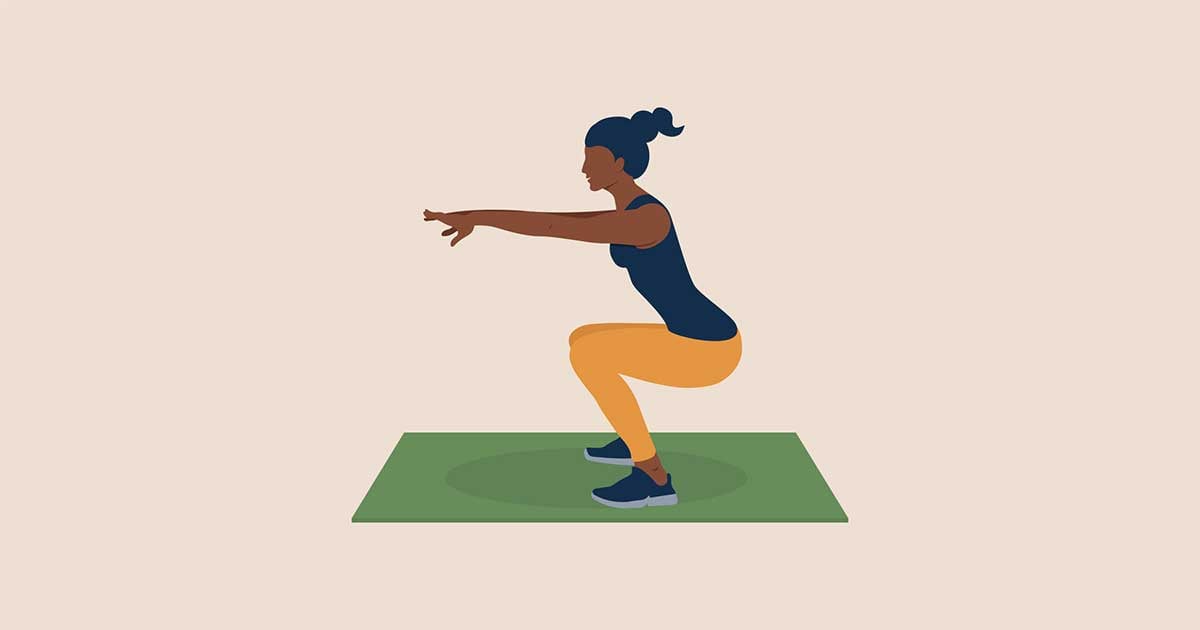
Advice to improve your movement, fitness, and overall health from the #1 in orthopedics in the U.S.
Physical Therapy for Lower Back Pain
Wellness Goals for Lower Back Fitness to Reduce Pain
Advice to improve your movement, fitness, and overall health from the #1 in orthopedics in the U.S.
Lower back pain is the most common diagnosis seen by physical therapists. Most cases will resolve in less than two weeks with little to no treatment, but back pain that is sharp, shooting or radiating warrants a timely referral to prevent the symptoms from becoming debilitating.

Do I need physical therapy for my back pain?
If you are in generally good physical health with a regular fitness routine and do not have pain that radiates into your legs, your low back pain is likely to resolve without treatment. Physical therapy is often advised for individuals who are at risk of developing chronic low back pain. Often, this is the patient with severe, unremitting pain or symptoms that radiate into the legs that may also have numbness and tingling.
Once we have ruled out serious conditions that may require immediate medical intervention, a physical therapist will design a treatment program that:
- Improves structural impairments in your spine and pelvis.
- Relieves pain or modifies your current pain experience.
- Returns you to your normal activities as quickly as possible.
While it may seem better to stay in bed and wait for the pain to resolve, this has been shown to be counterproductive to the natural healing process. Instead, it is recommended to remain active, modifying or reducing your regular exercise routine as tolerated, with a gradual return to your normal activities.
Understanding chronic low back pain
Pain is usually thought of as a sign of injury, such as the pain of a cut or a fracture, but low back pain is different. Low back pain can be intense and persistent but it does not necessarily indicate the presence of a serious, ongoing injury. X-ray and MRI results are often not representative of the intensity of pain a person reports. Various studies have shown that people who experience more intense low back pain often have “better” MRI results than those who have less intense low back pain. The question is – why do people have different pain experiences regardless of the findings on their MRI studies?
To answer this question, researchers have investigated how and why we feel pain. They have observed that pain is an experience created by the brain when there is danger or the threat of danger to the tissues. During this process, the brain gathers information from the rest of the body, your memory and emotions, and decides if pain should be felt or not. Your nervous system perceives low back pain as a significant danger. This perception of danger will prompt you to stay in bed and rest, but this is typically the wrong approach. Your physician or physical therapist’s advice will probably be to stay gently active, which will get you back on your feet much sooner.
Understanding pain will also assist you in determining which activities are beneficial and which can be potentially harmful. In general, staying active will benefit you more than being sedentary. Most day-to-day activities such as walking, light exercise, and household chores are beneficial for your back.
Activities that place excessive loads on the low back, like lifting heavy objects with poor control, can sometimes worsen the pain. Sometimes you may find yourself avoiding certain activities because you are worried about feeling pain.
What are good exercises for low back pain?
One approach physical therapists use to help you overcome your fear of activity that causes pain is called graded activity. This is a gradual increase of performing the activities that hurt your back. Graded-activity exercises break down the painful activity into smaller, pain-free movements. This encourages your nervous and musculoskeletal systems to create a new, positive feeling about the activity.
For example, you might experience low back pain every time you lift your children from the floor. Using the concept of graded activity, you can start by doing unweighted squats. Then, you may lift a five-pound object from the floor. On the following visit you might lift a 10-pound object. You will continue this gradual progression until you have acquired the ability to lift your children from the floor.
Here are some of the concepts typically included in a graded-activity education session:
- Low back pain is a benign condition and nothing is seriously wrong with you.
- The exercises are intended to help you feel safe moving, not to necessarily increase strength.
- Complete pain relief is not needed to return to work/sports.
- The focus of these sessions is on the ability to be active, not pain-free.
- You and your therapist will set a gradually increasing goal to be reached at each session.
- You and your therapist will agree on a goal date for returning to work/sports.
See more stretches and exercises for back pain from an HSS PT.
How can I maintain a healthy lower back?
Once your physical therapy regimen is complete, and you have returned to your previous level of activity, it is important to maintain a healthy lifestyle. Low back pain might resolve quickly but has a tendency to return in the future if you are not mindful. Those who have experienced more than one episode of back pain know that being proactive goes a long way. Here are a few points to consider:
- Exercise routinely.
- Eat better.
- Maintain good posture when standing/sitting.
- Sleep seven to eight hours.
- Avoid lifting heavy objects – ask for help whenever possible.
- Spend time with your loved ones.
At Hospital for Special Surgery, our physical therapists use graded activity and other research-based techniques to help people get back to their work and leisure activities.
Published 7/8/2025


